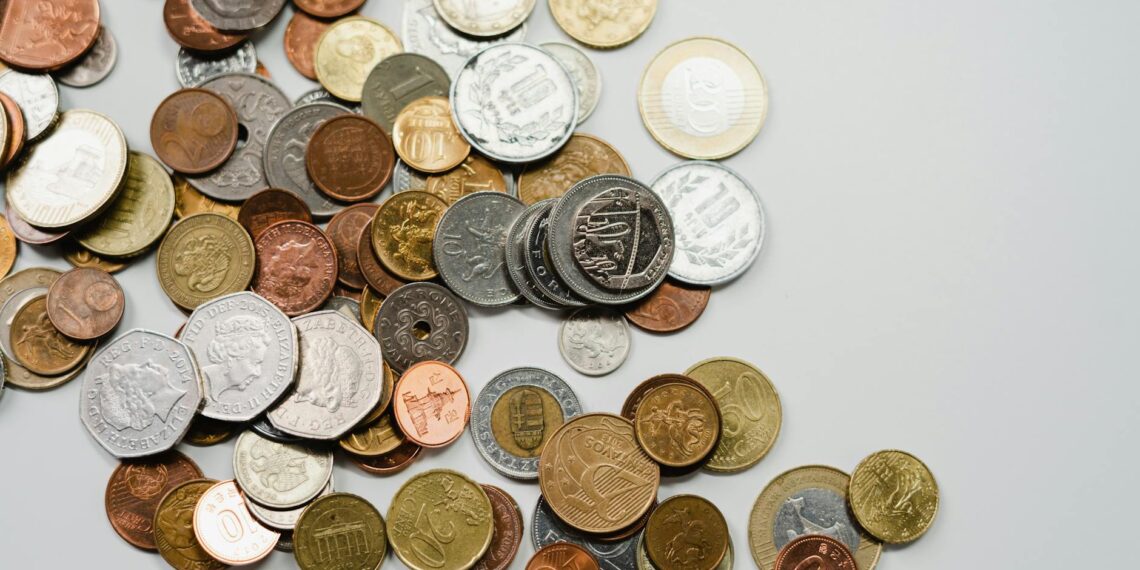The Sacagawea dollar coin features Sacagawea on the obverse (front) and has had two distinct types of reverse (back) designs:
- Initial reverse (2000-2008): This design, by Thomas D. Rogers, featured a soaring eagle encircled by 17 stars. The 17 stars represented the number of states in the Union at the time of the Lewis and Clark expedition in 1804.
- Native American $1 Coin Program reverse (2009-present): In 2009, the Sacagawea dollar transitioned into the Native American $1 Coin Program. While the Sacagawea portrait remains on the obverse, the reverse design now changes yearly to honor the contributions of Native Americans to the development and history of the United States. Examples of these annual designs include:
– 2009: The spread of Three Sisters Agriculture, depicting a Native American woman planting seeds in a field of corn, beans, and squash.
– 2010: The Hiawatha Belt surrounding five stone-tipped arrows, representing the “Great Tree of Peace” and the Iroquois Confederacy.
– 2013: Symbols of the Lenape tribe (a turkey, howling wolf, and turtle) and a ring of 13 stars representing the Colonies, commemorating the Delaware Treaty of 1778.
Sacagawea dollar coins can be worth only their face value of $1, but certain rare varieties and errors can fetch significantly higher prices. Examples of such valuable coins include:
- 2000-P Cheerios Dollar: Around 5,500 of these coins were initially included in Cheerios cereal boxes, featuring a slightly different, more detailed eagle tail feather design than later circulation strikes.
- 2000-P Wounded Eagle Variety: This error coin has a die gouge on the eagle’s breast that resembles a wound.
- “Mule” Errors: These are very rare and valuable coins that were accidentally struck with the obverse of a different coin (like a state quarter) and the reverse of a Sacagawea dollar. The most valuable of these, a Sacagawea dollar with the George Washington quarter obverse, sold for $102,000.
Collectors should be aware of factors like condition, date, and mint mark, which can all influence a Sacagawea dollar’s value.









What is on the reverse side of a Sacagawea coin?
From my experience, The U.S. Mint issued the Sacagawea Golden Dollar from 2000 to 2008. It was the first dollar made with an outer layer of manganese brass, giving it a golden color. The obverse design features Sacagawea and the reverse depicts a soaring eagle.
How can you tell if a Sacagawea coin is rare?
To determine if your Sacagawea coin is rare, check for minting errors, special finishes, unique die variations, and research mintage numbers.